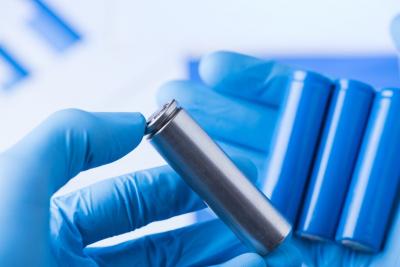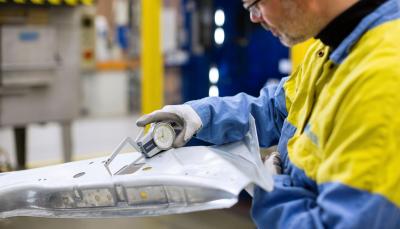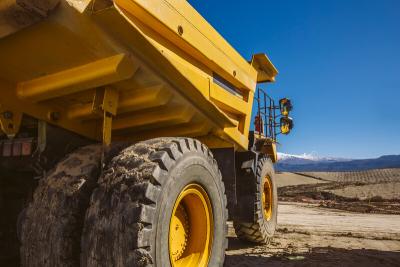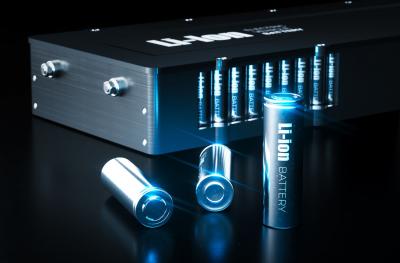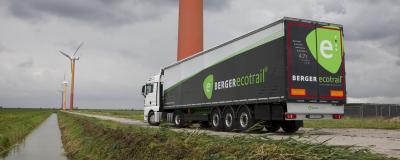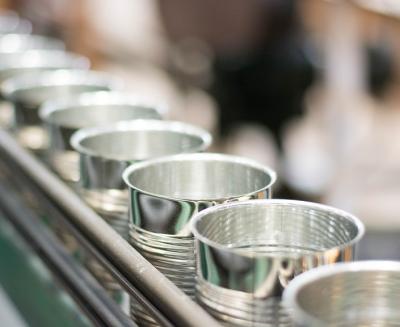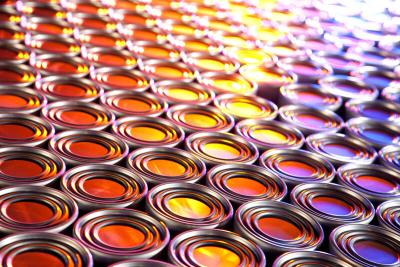If you have been following our series of articles about Valast® 450 you will by now be aware of the product’s many benefits, and how it can help manufacturers to be more efficient.
For example, Valast 450’s higher yield strength means thinner gauges can be used, resulting in more lightweight components. Likewise, because Valast 450 can be ordered to custom dimensions and has an exceptional level of consistency, wastage and processing time are both reduced.
The fact that Valast 450 offers these efficiency gains over its competitors is no accident. As well as the clear benefits that Tata Steel’s customers will feel from having a more efficient product, this also feeds into the company’s wider drive towards sustainability.
In fact, over the next three decades, Tata Steel Europe’s manufacturing will become carbon neutral. This statement seems extraordinary, but the ambition is not only realistic, it is wholly necessary.
We all know that the world around us is changing. Climate change is a very real, and very immediate threat, while the natural resources on which so many industries currently rely are not only finite, but depleting.
At Tata Steel Europe, we have not shied away from the role that the steel industry has played in this, and for a long time, we have been working on reducing the impact that it has on the environment. Since 1990, our energy consumption has reduced by 30%, and we work closely with our customers to ensure that our steel products are used as efficiently as possible throughout their life cycle.
But we know that this is not enough, which is why we have committed to making our production process entirely carbon neutral by the 2050s. Not only that, but we have a clear and – we believe – entirely deliverable strategy to achieve this, as well as achieve significant CO2 savings within the next 10 years and reduce reliance on the world’s natural resources.
The key to achieving our carbon neutral goal is embracing renewable energy and the circular economy, through the development and implementation of ground-breaking technology.
Meet HIsarna
One such technology is HIsarna, a completely new development in steel production by Tata Steel. HIsarna consists of a reactor, in which iron ore is injected at the top and liquified in a high-temperature cyclone. The liquid iron ore drips to the bottom of the reactor, where powdered coal is injected, to form molten iron.
Producing iron using HIsarna reduces energy consumption and subsequent CO2 emissions by 20% but, crucially, the remaining CO2 is highly concentrated. This makes it ideal for carbon capture and use (CCU) or carbon capture and storage (CCS) because there is no need for a costly gas separation stage – more on CCS in a moment. HIsarna also reduces emissions of fine particles, sulphur dioxide and nitrogen oxide by up to 80%, while removing a number or pre-processing steps and placing less stringent conditions on the raw materials used.
Tata Steel also expects HIsarna, which successfully completed its fifth pilot campaign in IJmuiden in 2019, to be able to combine primary steel making with up to 50% steel scrap – twice as much as is currently theoretically possible. As well as this, it is able to recover and reuse zinc from coated scrap steel.
Carbon Capture and Storage (CCS)
The theory behind CCS is simple – rather than the carbon emissions produced as a by-product of manufacturing being allowed to enter the atmosphere, they are captured and stored, before being repurposed in the chemicals industry. The practical implications of this, however, are a little trickier.
First, the captured carbon oxides must be separated from other gaseous elements and then compressed, which in itself is energy intensive. Helpfully, as noted above, Tata Steel’s HIsarna produces highly concentrated CO2, negating the need for separation before it is compressed into a liquid. Then, the liquid CO2 must be stored some 3-5km below sea level, which it typically best achieved underwater in already depleted oil or gas reservoirs. This also makes Tata Steel’s Ijmuiden facility ideal for CCS, as it is located at the edge of the North Sea, and so the company has launched its own CCS project, called Athos.
The combination of HIsarna and Athos, as well as an increased reliance on renewable energy sources, could achieve a CO2 reduction of approx.40% by 2030.
Carbon neutral by the 2050s
While a 30-40% reduction in Tata Steel Europe’s entire manufacturing CO2 output is impressive, if it wants to achieve carbon neutrality, it will need to be even more radical in its thinking.
By the 2050s, Tata Steel Europe will no longer be storing the carbon that it captures – instead it will be reusing it in its own manufacturing processes. The reason that it can realistically use all the carbon it produces is that the proposed direct reduced iron facility (DRIF) will be powered by hydrogen, meaning that it will create far less CO2 to begin with.
The DRIF can work with electric arc furnaces (EAF), which produce almost no emissions, also significantly reducing the number of fine particles, sulphur dioxide and nitrogen oxide that is produced in steel production.
Alongside the continued use of HIsarna and a continued spirit of innovation, Tata Steel Europe is confident that these measures will make it carbon neutral by 2050. This not only ensures that Tata Steel fulfils its ambition, but will ensure the world’s industries can still enjoy the same high standard of steel, while safe in the knowledge that its impact on the environment has been negligible.
To find out more about how Valast® 450 can help you be more efficient and reduce wastage, click here.








